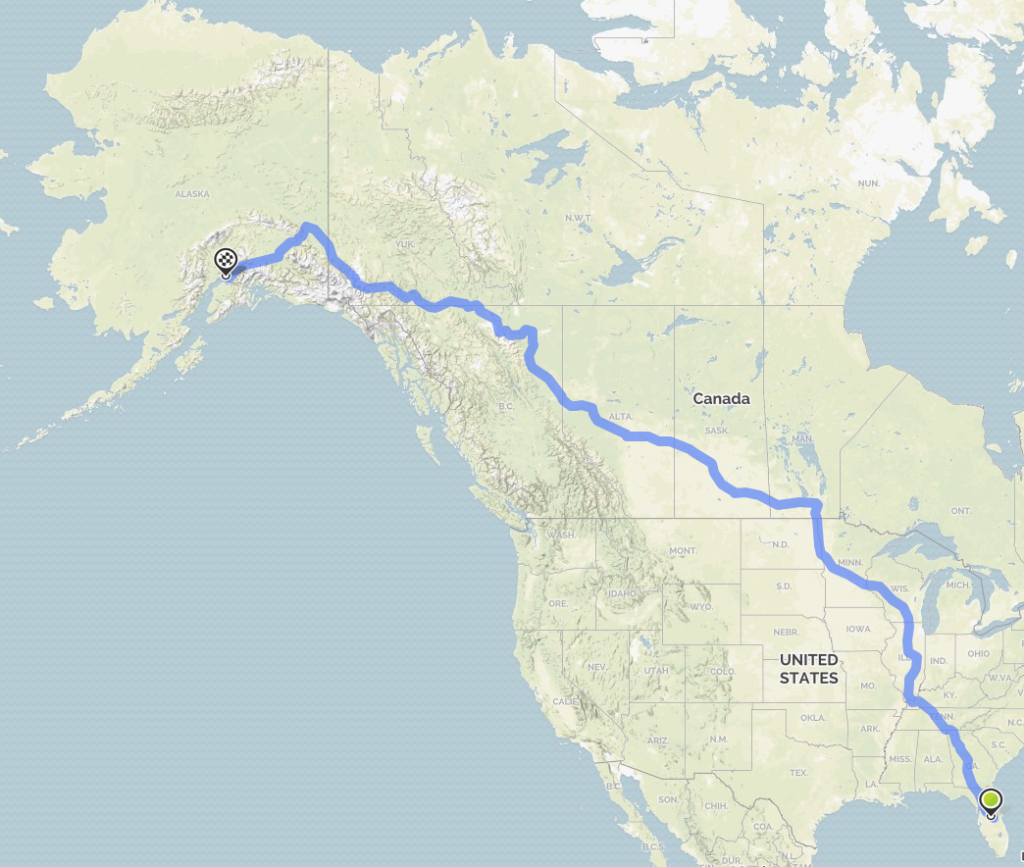11 Cause and Effect: How did we get where we are?
Greg Hartley

What’s your Alaska origin story?
We all came from somewhere. Many might even know where we’re going or want to go. But all journeys encounter troubles along the way. An origin story tells the story of how you got “here.” “Here” can be big or small: your house, Anchorage, Alaska, the United States. But as you tell your story, also add details about how you discovered the many troubles that infest locations. Describe one of Anchorage’s many social ills, or offer the challenges of a dangerous winter landscape. How have you become aware of life’s great perils on the journey to get where you’re going?
Being able to track a problem back to its root cause is one of life’s great skills. This ability supports a huge number of industries, including medicine, automotive, social science, and information technology. Studying the cause/effect relationship takes place through analysis: the skill of breaking a complex system down into its component parts. Since symptoms create a trail that lead to the source problem, your analysis must rely on a clear understanding of the relationship between the components and the function of the system.
For inspiration and ideas, part three includes essays that model the patterns of arrival in Alaska and/or the discovery of its problems:
- John Muir, “The Discovery of Glacier Bay”
- Suzan Last, “Problem-Solving Approach to Communications Tasks”
- Mary Lochner, “A Chugiak Legend”
- ANCSA Regional Association, “About the Alaska Native Claims Settlement Act”
Causative Analysis
Part Three of this textbook invites you to examine a process called causative analysis. I love this term because it sounds so fancy, but it’s really something we all do every day. It’s simply the process of figuring out how something happened. (Or more commonly, what went wrong.)
Auto mechanics use it to help fix your car. Doctors use it to diagnose disease. Both start with symptoms, or effects, and trace them back to a root cause. We do the same thing when we try to figure out why our bread didn’t rise or why the clothes dryer isn’t working. It’s also what we do when we revise our essays.
This process of analyzing causative factors was pioneered by Japanese theorist Kaoru Ishikawa. He produced a diagram useful for looking at effects. His tool helps visualize problem solving, especially for complex systems with multiple paths to failure (like industrial machinery).
Watch this video that explains how to perform a causative analysis.
If you’d like to practice this technique, you can download a template for the Ishikawa Cause/Effect from the University of Iowa.

